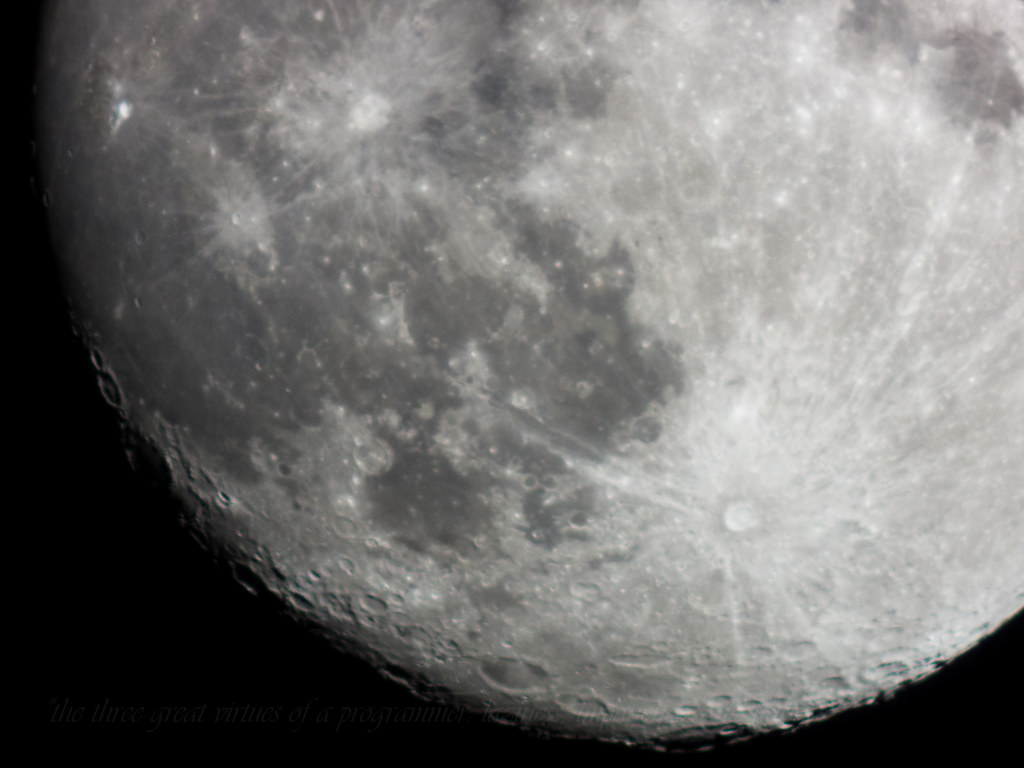Dan - when I state a 360 Apo Nikkor, for example, comfortably covers 8x10 at typical working apertures for field applications, I'm implying it will be even crisper in the corners and edges of the image than any other view camera lens I own, which includes some "cult" lenses. Overkill, really. These were designed to retain precise dot shape clear across, even rectangular dots (yes, they also made adjustable square-aperture 360's). But they aren't as compact as most field lenses, esp if you mount em in shutter. I'd guess the real-world coverage at f/32 might be around 70 degrees - more than Apo Ronars, but certainly not as much as 80 degrees.



 Reply With Quote
Reply With Quote


Bookmarks